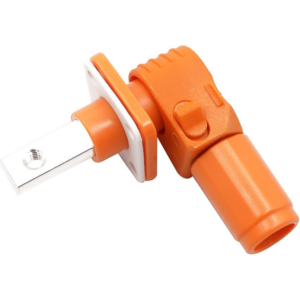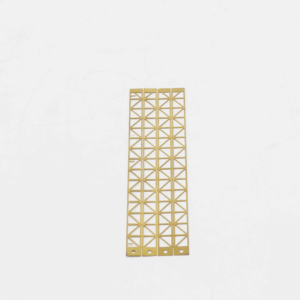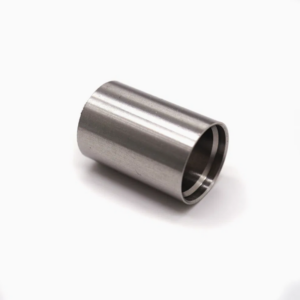In the world of manufacturing and metal stamping, plating serves as a critical process to enhance the properties of a part, such as corrosion resistance, electrical conductivity, aesthetic appearance, and overall durability. As a result, selecting the right plating method is essential to ensuring that the final product meets both functional and aesthetic requirements. With several plating techniques available, it can be challenging to choose the most appropriate one for your needs. This blog delves into three key types of plating methods—pre-plating, post-plating, and selective plating—exploring their advantages, ideal applications, and how each method contributes to the performance and quality of metal parts.
What Is Metal Plating?
Metal plating refers to the process of applying a thin layer of metal onto a substrate, typically through an electrochemical or mechanical process. The plating material is typically chosen based on the required properties for the final product, such as corrosion resistance, wear resistance, or conductivity. Each plating technique has distinct advantages depending on the specific needs of the part being manufactured.
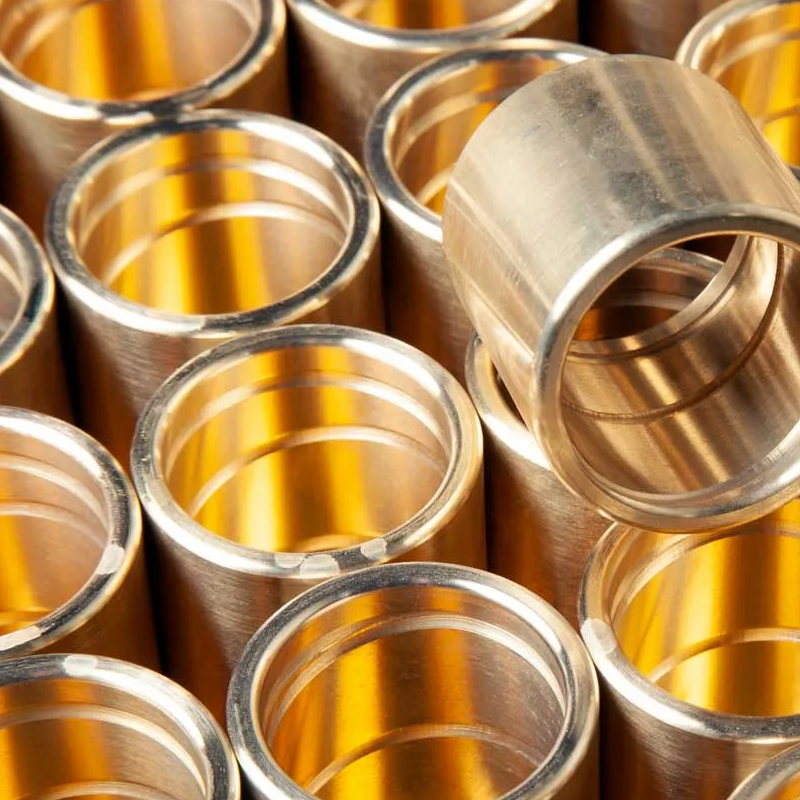
The Benefits of Pre-Plating
Pre-plating, also known as “before-plating,” involves applying a metal coating to a component before it undergoes stamping or other forming processes. This method is often employed when the final part doesn’t require intricate post-manufacturing handling or when only partial coverage is needed for specific functional areas.
Key Benefits of Pre-Plating:
- Uniform Coating Coverage: Pre-plating ensures a consistent coating across the entire surface of the part before it undergoes the shaping or stamping process. This makes it ideal for parts that don’t require precise surface details or complex geometry.
- Cost-Effective and Time-Saving: Because the plating is applied early in the manufacturing process, it reduces overall production costs. Pre-plating is particularly useful for high-volume manufacturing runs where speed and efficiency are paramount.
- Suitable for Mass Production: When parts are produced in large quantities and are not expected to be exposed to harsh environments or intricate finishes, pre-plating offers a streamlined solution that minimizes production time.
However, pre-plating may not be suitable for parts that require full, uniform coverage after stamping or those exposed to heavy wear or corrosive environments, as the plating may not adhere uniformly to more complex or hard-to-reach areas.
The Benefits of Post-Plating
In contrast, post-plating occurs after the component has been stamped, formed, or shaped into its final form. This method offers greater precision and ensures full coverage of the part’s surface, making it ideal for products that need to withstand demanding conditions or those requiring a flawless finish.
Key Benefits of Post-Plating:
- Enhanced Durability: Post-plating is ideal for parts exposed to harsh conditions, including high temperatures, corrosive environments, or heavy mechanical wear. This method ensures a robust, durable metal layer that provides superior protection against corrosion and wear.
- Seamless Finish: Post-plating allows for a flawless finish, as the plating process is completed after all the manufacturing steps. This ensures that there are no defects or inconsistencies caused by the stamping or shaping process, making it a preferred option for parts that will be visible in the final product.
- Complete and Precise Coverage: Post-plating offers full coverage of the part, including intricate areas that may be difficult to plate in the initial stages. This is particularly important for parts that must maintain uniformity and high-quality aesthetics, such as automotive or consumer electronics components.
While post-plating provides these advantages, it also comes with higher costs. It requires additional handling and processing time, which can increase both labor costs and the potential for dimensional variations. Additionally, the need for stringent quality control during the post-plating process is critical to prevent any deviation in part dimensions or finish.
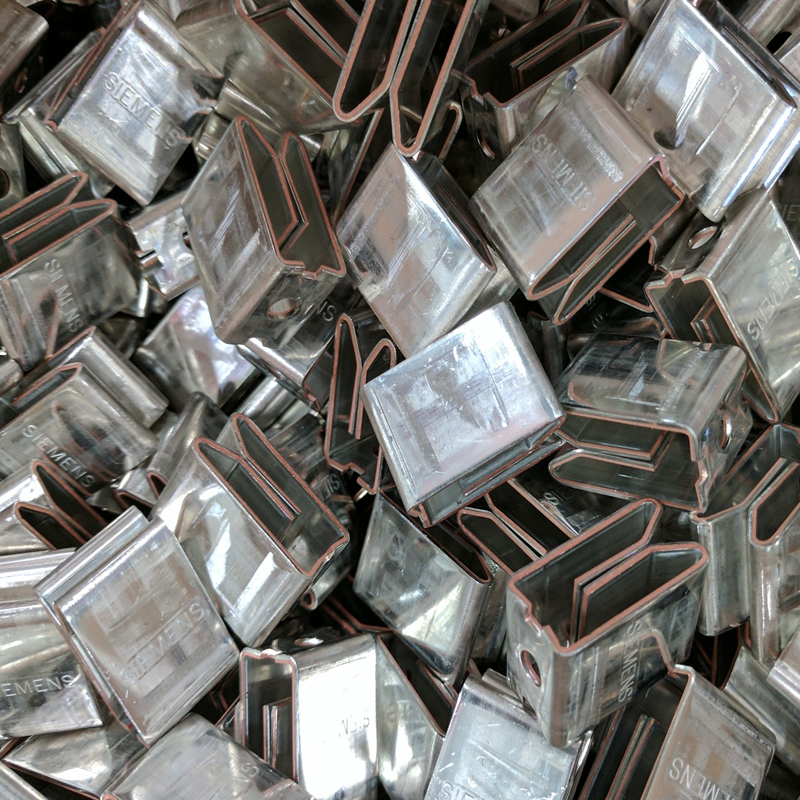
The Benefits of Selective Plating
Selective plating is a specialized technique that involves applying metal coatings to only specific areas of a part, rather than the entire surface. This technique is commonly used in industries that require precision, such as electronics or aerospace, where different areas of a component need different types of coatings.
Key Benefits of Selective Plating:
- Cost-Effectiveness: Selective plating can help reduce costs by plating only the areas that need it, rather than coating the entire part. For example, in electronic components, only contact points or connectors might require precious metal coatings, while the rest of the part could be plated with a more economical metal.
- Customization and Precision: This method allows manufacturers to apply different types of coatings to different regions of a part, meeting specific technical requirements. For instance, a part may require gold plating on contact areas for better conductivity, while the remaining surfaces may receive a less expensive coating for strength or appearance.
- Reduced Waste: Because only the necessary areas are plated, selective plating minimizes raw material waste, making it a more environmentally friendly and cost-effective solution.
- Dimensional Control: Selective plating is also useful for applications where dimensional precision is critical. By plating only selected areas of the part, manufacturers can avoid issues such as dimensional distortion that may occur with full-part plating methods.
Although selective plating is highly versatile and offers substantial savings in materials, it requires specialized equipment and expertise. Ensuring that only designated areas are plated without compromising the integrity of the part or its performance is crucial.
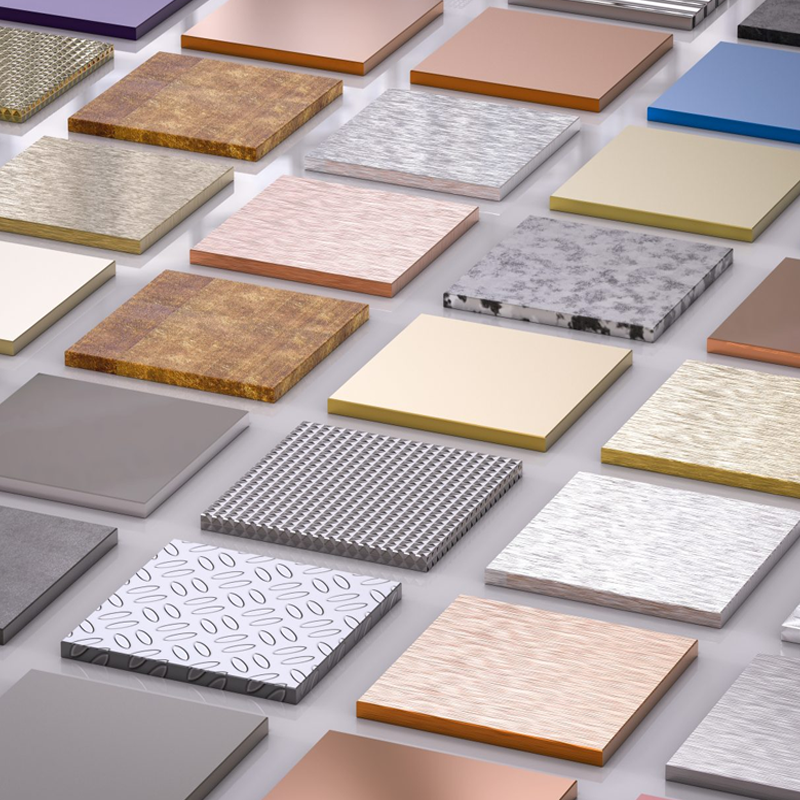
How to Choose the Right Plating Method
Selecting the right plating method involves several factors, including the part’s intended use, environmental exposure, required aesthetics, and cost considerations. Here’s a quick guide to help you decide which plating process is best suited for your needs:
- Pre-Platingis ideal for high-volume production runs where the parts don’t require extensive post-manufacturing handling or are not exposed to extreme conditions. It’s an efficient and cost-effective method for simple components.
- Post-Platingis the preferred choice when the component needs to withstand harsh conditions, requires complete and uniform coverage, or demands a flawless finish. It’s ideal for parts that will be exposed to demanding environments or need a pristine appearance.
- Selective Platingis best when only certain areas of the part need to be coated or when different parts of the same component require different types of coatings. It’s highly cost-effective for components that need to balance material efficiency, performance, and aesthetics.
Why Choose Topmetalstamping for Your Plating Needs?
At Topmetalstamping, we specialize in providing high-quality metal stamping and plating solutions tailored to meet your specific requirements. With over 60 years of industry experience, we have refined our manufacturing processes to deliver precision, durability, and exceptional performance for a wide range of applications.
Our advanced plating capabilities include electroplating, zinc plating, nickel plating, chrome plating, and anodizing. We utilize state-of-the-art facilities equipped with automated production lines and cutting-edge mechanical equipment to ensure consistent and high-quality results for every part.
We understand that every project is unique, and our team works closely with clients to determine the most suitable plating technique based on their specific needs. Whether you’re in the automotive, aerospace, electronics, or industrial sectors, we offer expert guidance and customized solutions to optimize the performance and longevity of your products.
Let’s Talk About Your Next Project
At Topmetalstamping, we pride ourselves on our commitment to excellence and customer satisfaction. If you’re looking for a reliable partner for your metal stamping and plating needs, we’re here to help. Our team of experts is ready to guide you through the process and help you select the best plating method to meet your requirements.
Ready to enhance your product with the perfect plating solution? Contact us today to discuss your project or request a quote. Let’s collaborate to achieve the highest standards of quality, precision, and performance for your products.
We look forward to hearing from you and helping bring your ideas to life with our expertise in plating and metal stamping!

